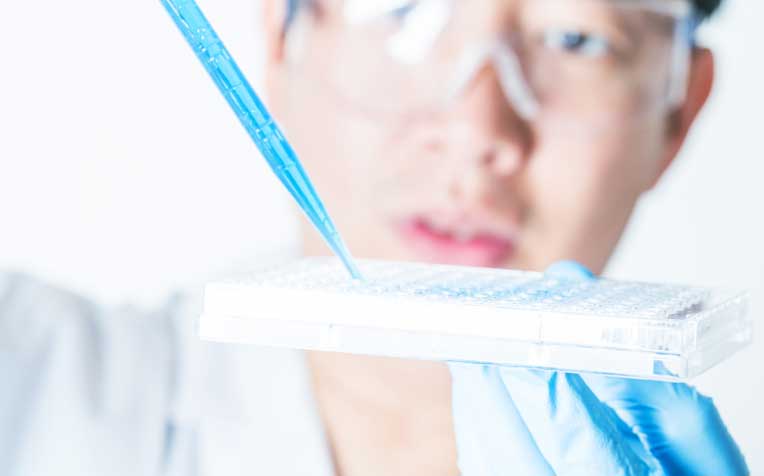
Severe dry eyes can now seek relief in plasma eye drops.
Since its discovery, plasma eye drops have been helping patients with severe dry eyes. A study conducted by the Singapore National Eye Centre (SNEC), a member of the SingHealth group, showed that plasma is a good tear substitute.
Researchers optimistic
The improved comfort experienced by patients is backed by observations of the study team.
"We observed reduced damage on the epithelial cells (cells at the surface of the eye) after six weeks of treatment. These are definitely encouraging results. When we recently announced the findings at an international meeting, the audience was equally enthusiastic," revealed Prof Louis Tong, Senior Consultant at the Corneal and External Eye Disease Department, SNEC, and lead investigator of the study.
The team is optimistic that treatment based on this principle may, in future, become the gold standard in dry eye treatment for challenging cases. In the meantime, the team will continue with an observational study for one to two years to look at the long-term effects of the treatment.
Future availability
The plasma eye drops will be manufactured at the Blood Services Group (BSG) of Health Sciences Authority of Singapore, which will also aid in storing them for the individual patient.
"As the freezing facility at BSG is reliable and more spacious, patients can have half their stock of plasma eye drops stored there. When they run out of their supply about five or six months later, they can collect the other portion without having to undergo another plasma extraction process," explained Dr Tong.
For patients like Mr Hoesny, it is good news indeed. "The plasma eye drops are purely from our plasma, so they are very safe and effective. I was lucky to be part of the study. Although I will now need to pay for them as the study period is over, it will still be a lot cheaper than buying over-the-counter eye drops which are not completely effective," he said.
Why do the eyes get dry?
A flow of tears is necessary to provide constant moisture and lubrication to the eyes. Tears are made up of:
- Water (for moisture)
- Oils (for lubrication)
- Mucus (for even spreading)
- Antibodies and special proteins (for resistance to infection)
Special glands located around the eyes secrete these components. An imbalance of these can cause dry eyes.
How do I know my eyes are dry?
When tears are not effective in lubricating your eyes, you may experience:
- Pain
- Light sensitivity
- A gritty sensation
- A feeling of sand in the eye
- Itching
- Redness
- Blurring of vision
Ref. H24
Contributed by


















 Get it on Google Play
Get it on Google Play